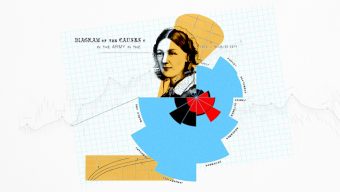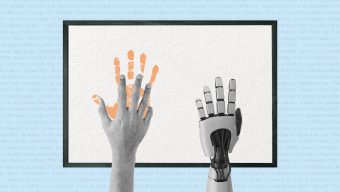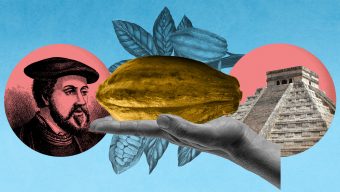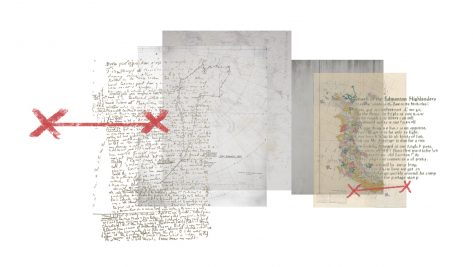How Objects in Pompeii Unlock the Secrets of Roman Daily Life
*If the video does not appear, click here
The objects of Pompeii quietly tell the human stories of the city. Rubén Montoya explores how these fragments of daily life reveal not just how the Romans lived, but how closely their world mirrors our own.
© IE Insights.
Rubén Montoya is the author of Pompeya: Una ciudad romana en 100 objetos.
Transcription
Every time I go to Pompeii, I travel back in time. The first time I visited Pompeii. This was the most shocking thing for me. Finding that objects were not there. That city was completely empty. And objects are part of our identity. It’s the objects that give us the hints about how the Romans used to live. In some ways, the people of Pompeii used to live the way we do today.
In those 24 hours, over 24 hours that the eruption was lasting, people were able to run away. Some came back to steal. Then the years after that, it was a place where people were taking materials for construction. For archeologists, this is a close picture to what this could look like in antiquity. But this picture is not frozen in time.
It has been corrupted somehow. This is a unique example, it’s like the prime example in classical archeology where we find almost the daily life intact. You can enter buildings, you can go from one room to the other, observe the decoration.
It’s the objects that give us the hints about how the Romans used to live. When we look at the bracelets, some of them are inscribed and you can see that one specific bracelet was given by the master or the owner to the slave. This bracelet was found on the arm of a woman.
Was she a slave? It could be because she was wearing that. So objects give context, but also give many different stories about the people who lived in Pompeii. If we visit, for example, one of the most famous wine shops that we would find in Pompeii – the wine shop of Euxinus – you would find objects containing wine. Even with the writings saying that wine was being brought from different parts of the Roman Empire to that specific place close to the amphitheater. That makes me think about when I go to Madrid, to a wine shop, and I try a wine that is outside my region.
There is a section in a fresco outside Pompeii, 200m to the north, in one of the villas called the Villa of the Mysteries, and this fresco shows a lady, a woman, looking into a mirror. I wonder to myself, nothing has changed. We are pretty similar. It’s the same as when I look into a mirror. I try to reflect about my beauty.
We are pretty similar to them in terms of beauty, daily care, how we reflect about our beauty and how we want to portray to showcase our identity to the others. That makes me think a lot about how society still is really worried about the image that we portray, and not only women, also male. We find different objects that we use either by men, by women, or by both.
We find jewelry. We find beauty objects. We find different pigments or different makeup. You may be wondering how we can attribute specific objects to different genders, and this is because we have on one side classical texts written by different Roman authors. But on the other side we have archeology. And sometimes you find a skeleton with jewels or with bracelets that belong to a man.
And this is rewriting history or the way we interpret the past. And that’s why archeology is important. And these type of discoveries are important because it helps us to confront classical themes and also to encounter our bias as a society and the way we interpret, it gives us hints into the diversity of the population in Bombay.
This is an oven, very similar to an oven you’d see in Naples today.
When we do excavate these rooms, we find the functionality of rooms was changing according to the seasons and also to the time on a daily basis. For example, in what we would call the triclinium, they were producing bread or they were producing other types of goods at some point. So you could be hosting a dinner in your triclinium, but later on the day after that, you could be producing textiles, or you could be hosting a lesson for your kids, if you were rich enough to pay to the professor.
Every time I wander the streets of Madrid, I look at Santiago Bernabeu, for example, and I reflect on how the ampitheater of Pompeii was really close also to the city blocks there, and probably they could also listen to the noise, the different activities going on there. There were markets, there were wine shops, there were pharmacies. We are really similar to the Romans.
If we pay attention every time we walk, the cities of Pompeii are there. Those stories are there, especially if you look into the objects and the different voices that they contain.










